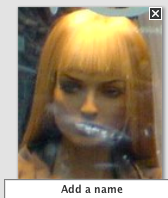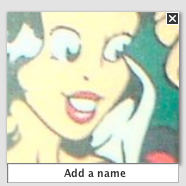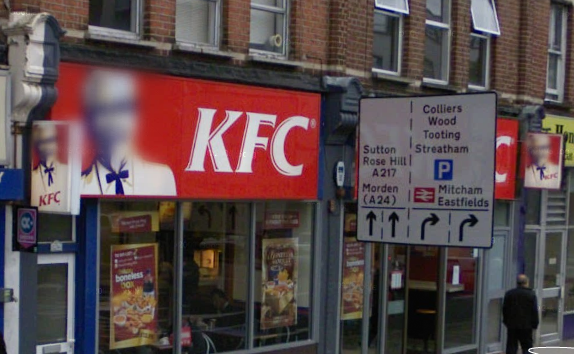My dad asked me to bring a Canon Powershot G11 when I return from the USA. The camera arrived yesterday, and as it was such a beautiful day today, I thought I’d take it around the block for a test run.



I’m no expert, but I think this is a really nice camera. I’m really looking forward to further test runs!
My wife and I are moving back to the UK soon, and we’re trying to get rid various things we no longer need. In particular, I’ve resorted to selling some excess books on Amazon Marketplace, a process about which I have mixed feelings.

On the one hand, Amazon is a great place for a buyer to find your books. After all, everybody who wants a book goes there. They’re the first website on every book purchaser’s list, and they know it.
Unfortunately, Amazon’s unparalleled popularity gives them leeway to exploit would-be sellers. Although they don’t charge to list an item, the selling fees are frustratingly high: for a $6.49 book, I was charged $3.31; for a $4.99 book, I was charged $3.09. In most cases, Amazon makes more money from the sale of my books than I do.
Amazon’s hefty charges are made all the more annoying by the fixed shipping credits they award you. The book’s size and weight aren’t taken into consideration when calculating the shipping credit, so whether your book weighs five ounces or two pounds, you’ll receive $3.99 towards the cost of mailing it. Most of the books I’ve sold weigh around 13 ounces, and each one has cost around $5.50 to put in an envelope and ship, so a $3.99 credit hardly seems adequate.
The fixed costs associated with selling on Amazon are such that if you want to sell a book for less than $4, you would be better off giving it away. I’ve had to refrain from selling some heavier books as I’d actually lose money from shipping them.
Complaints aside, I’ll continue to sell my unwanted books on Amazon: after all, the books have to go somewhere. Despite being a terrible money-making venture (at least for me), it’s been a great help with clearing the shelves for our move. Next time I need to sell a bunch of books, though, I’ll check my prospects on eBay.
Lately I’m impressed by Picasa’s ability to recognize faces in my digital photos. It’s so keen, in fact, it even asked me to tag the following “people” that I encountered in Amsterdam:



This reminds me of how Google Street View’s face recognition is so eager that it thinks Colonel Sanders’ image on KFC storefronts is of a real person - it’s probably exactly the same algorithm as Picasa’s, except Street View eventually blurs the faces it picks out. According to Street View, this is the KFC nearest to my old home:

It’s such an eager algorithm that it recognizes the Colonel each time he appears! I wonder: if facial recognition software is so keen that it identifies mannequins and illustrations as people, what would you have to do so that your face isn’t recognized as a face at all?

Update (28 December 2010): Woot-Aloot is now located at http://www.wootaloot.com, and looks 1000 times nicer. Happy wooting!
I’m pleased to announce that the first edition of Woot-Aloot, my home-made woot.com checker, is now online.
Woot-Aloot couldn’t be simpler - tell it what you want to buy, and when that product is available on Woot.com, it will email you an alert.
(nerd info: Woot-Aloot is written in Python and takes advantage of the generously-resourced free Google App Engine program. I’d strongly recommend it for any little programming projects you might want to do!)








